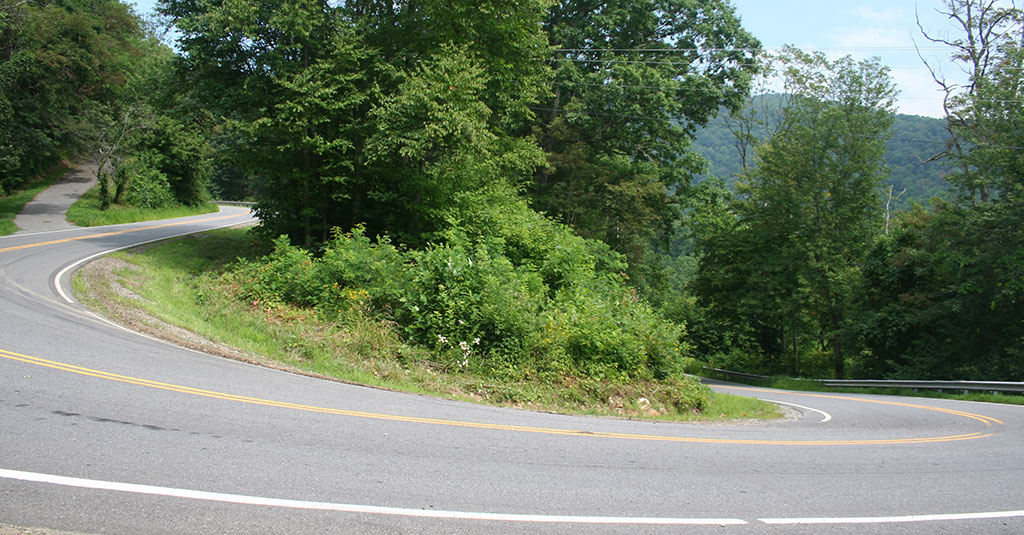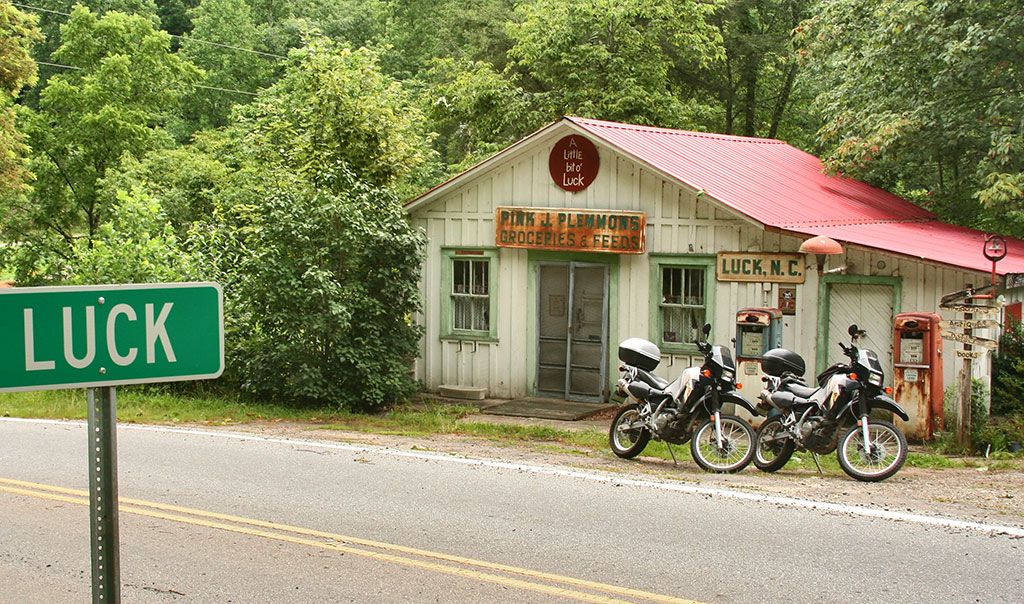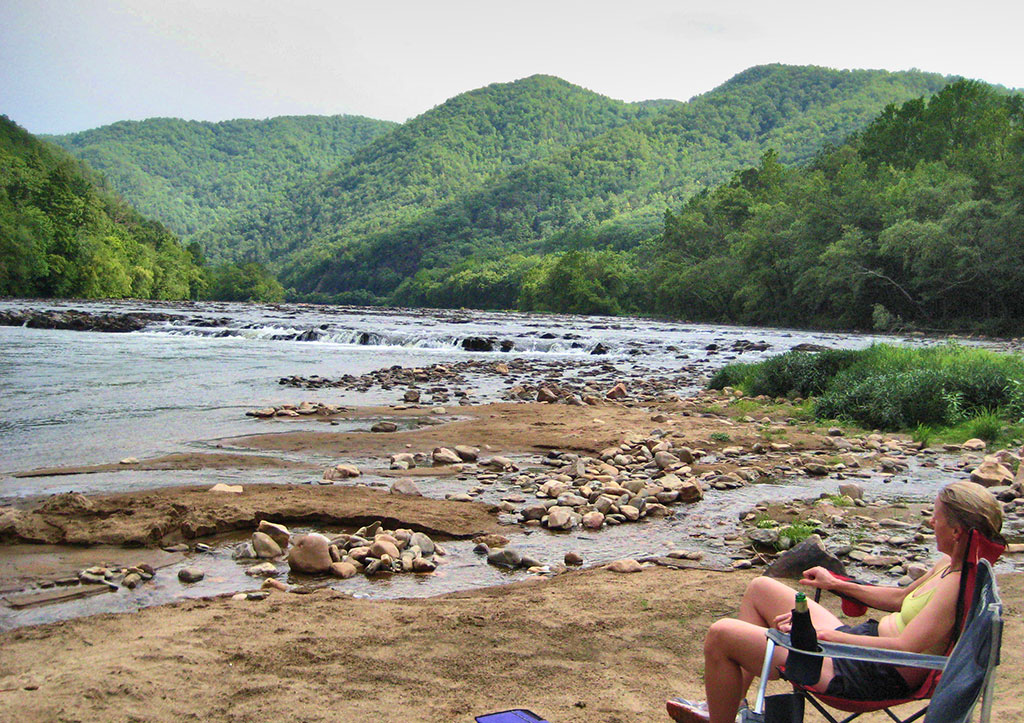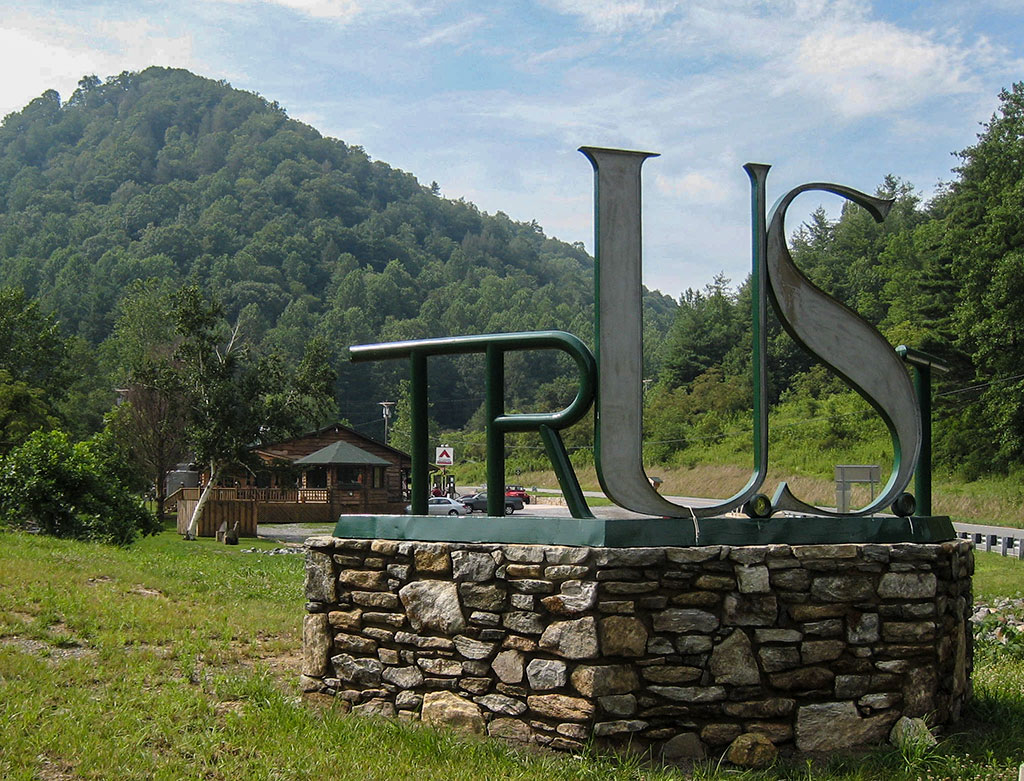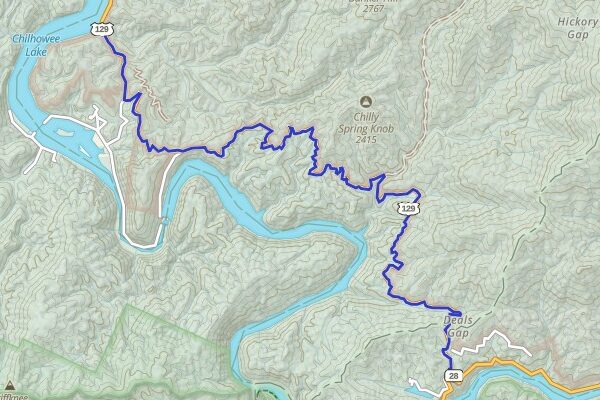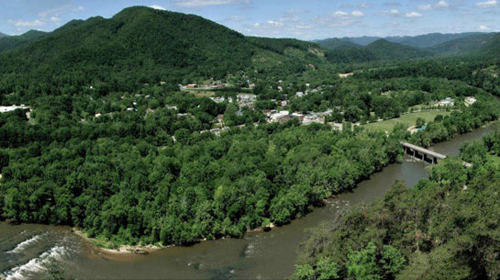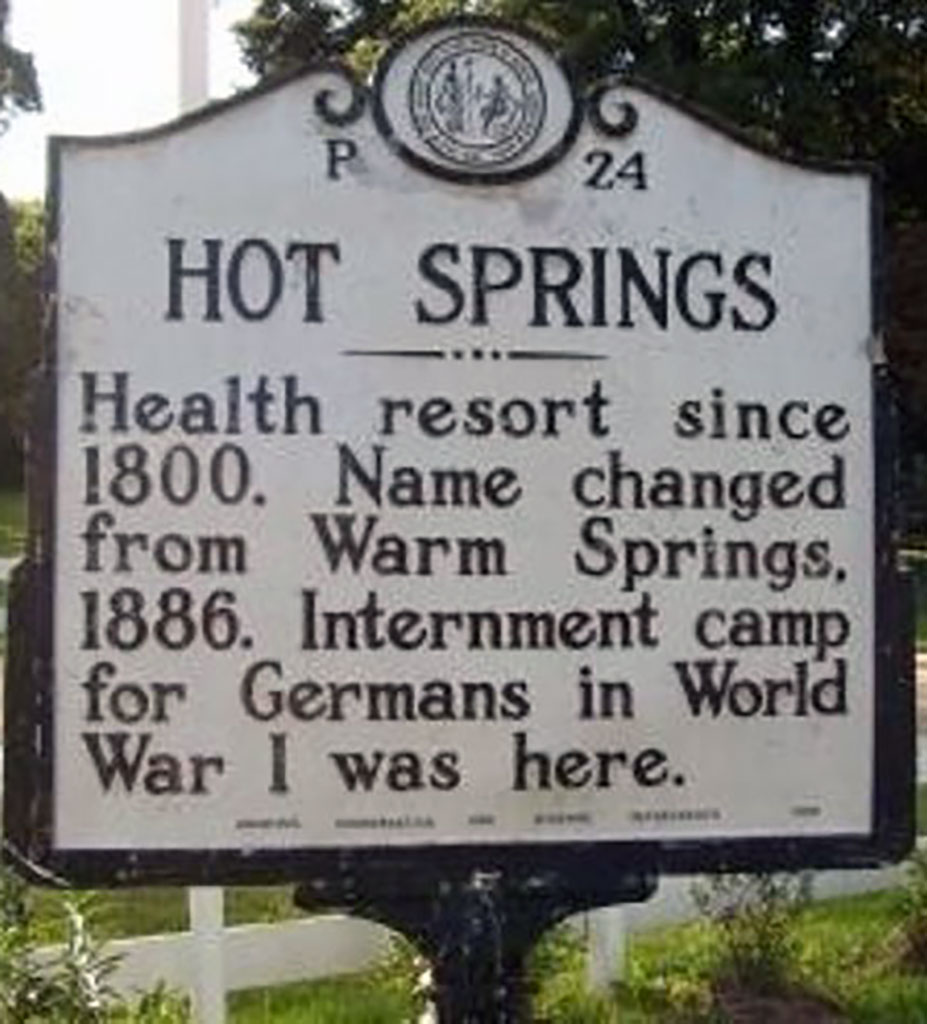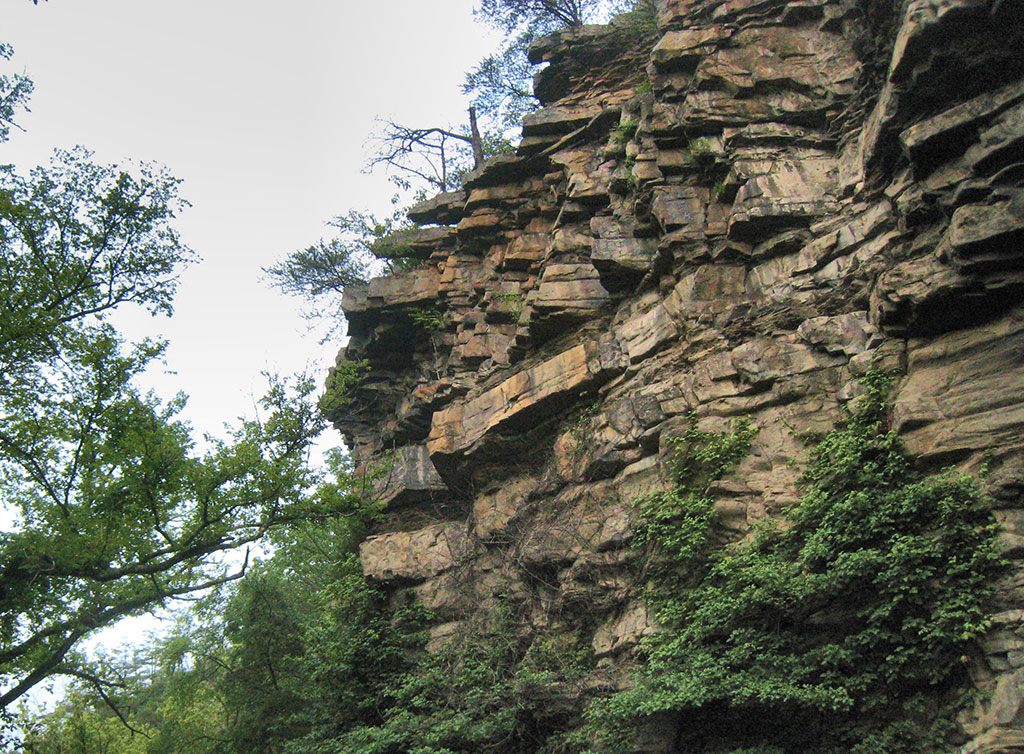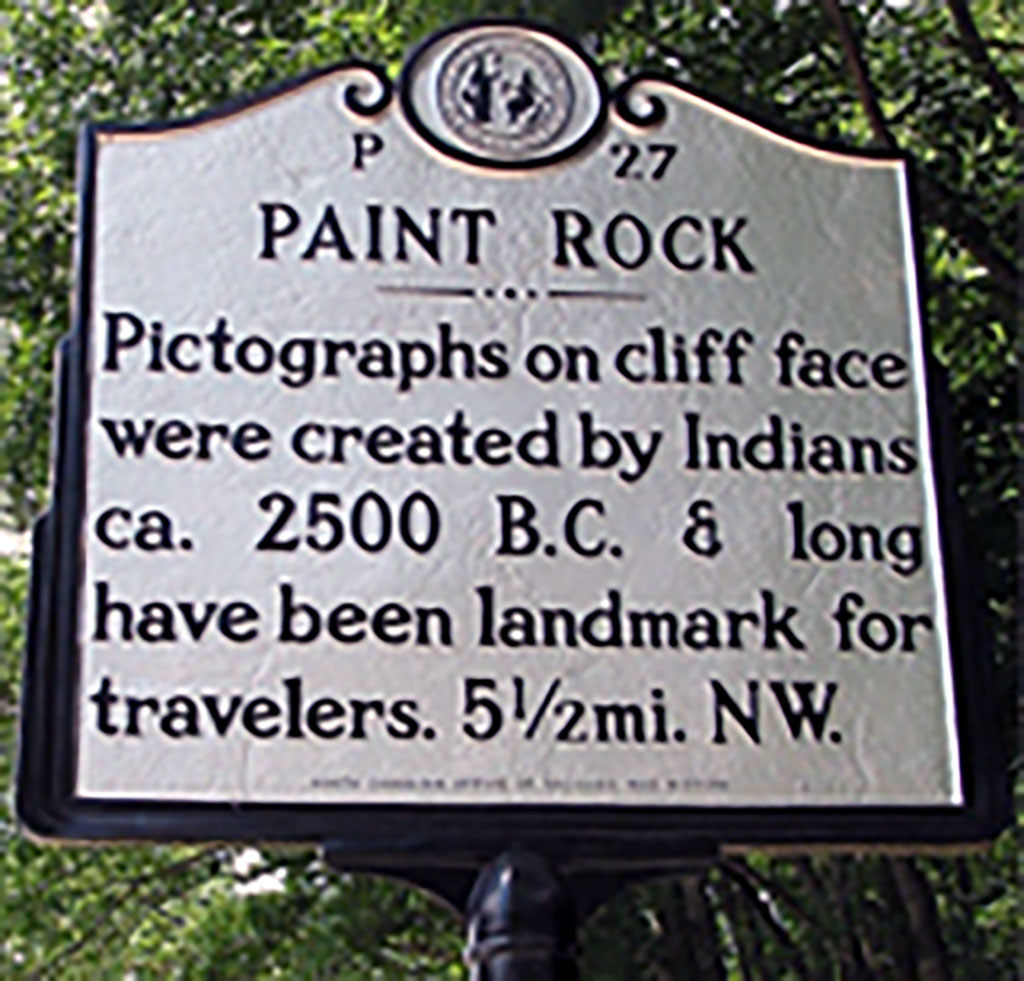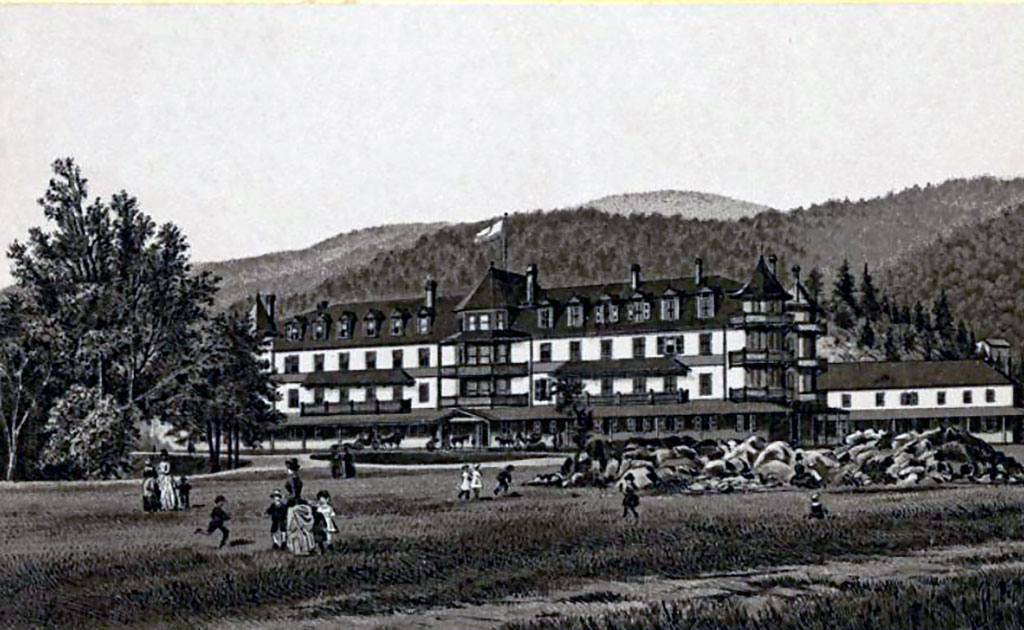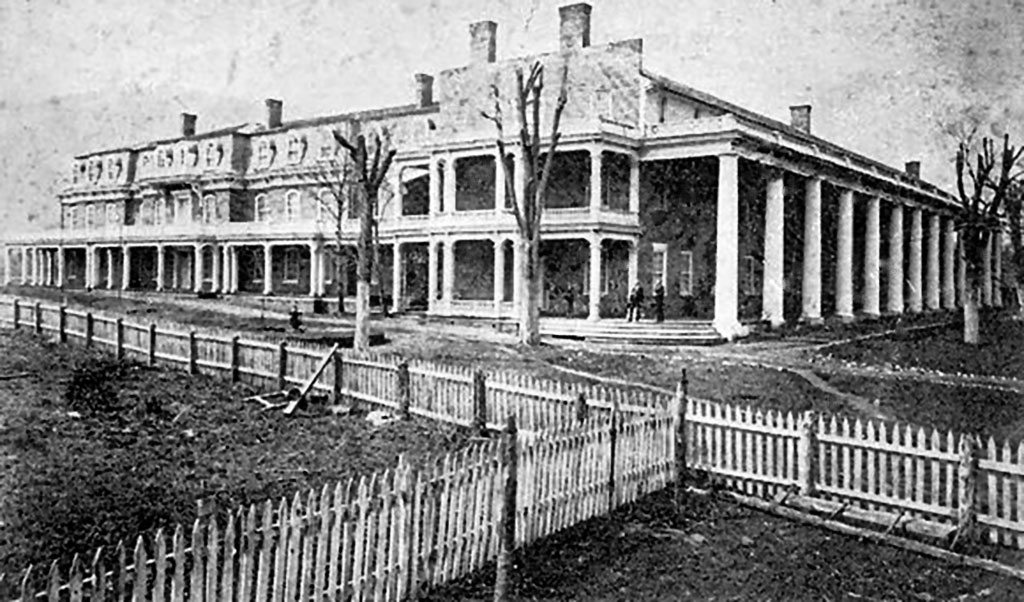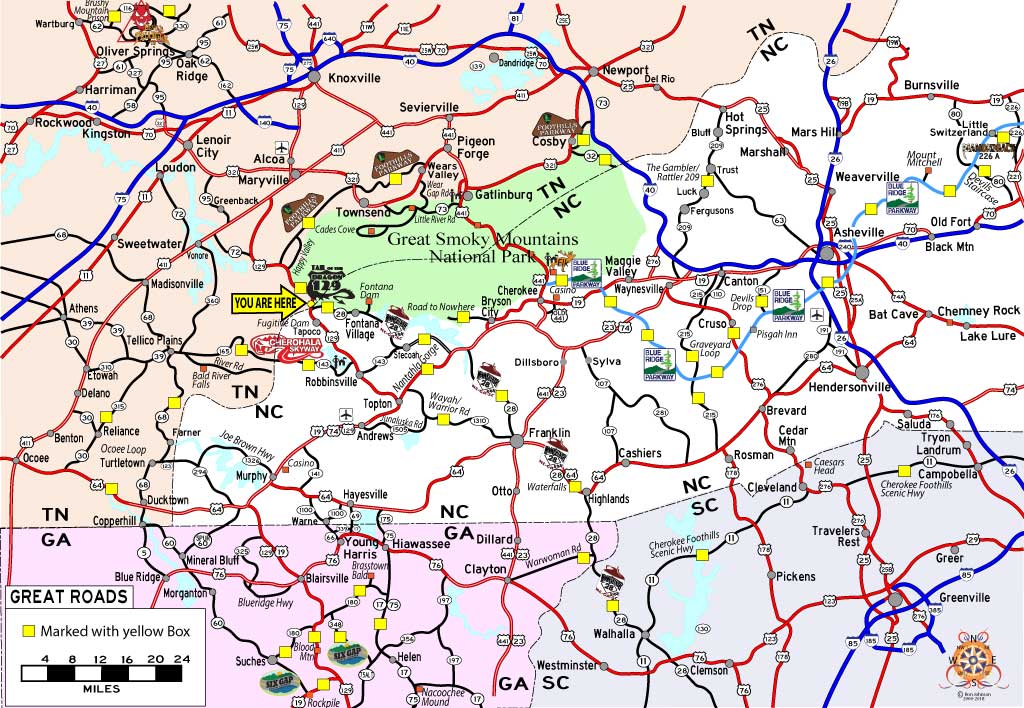Gambler NC209
Written By Ron Johnson
Edited by Jessica Green
The Gambler NC 209 is roughly a 36-mile run from Lake Janaluska to Hot Springs, North Carolina. Old timers called it the Rattler, but many call it “The Gambler”. With small communities known as Bluff, Trust, and Luck, the Gambler seemed a much better name.
The rural setting clustered between mountains makes for iconic way to spend the day. This two-lane blacktop has a little bit of everything. There’s a section of super tight twisties, a section of sweepers, a valley of straights, and then some gnarly turns back into the heights. Notable scenic landmarks include Lake Janaluska, Betsy’s Gap, Pisgah National Forest, and natural mineral hot springs. The midsection of The Gambler is considered by many to be the most exhilarating section of curves. The road slightly narrows and coils through forests and cliffs.
The heated springs are inviting when you reach the town of Hot Springs and conclude the Gambler route. Hot Springs offers local restaurants, accommodations and shops for exploring this quaint town. Ferguson’s Market is a popular stop for many.
Gambler NC 209 attracts a variety of tourism activities – motor enthusiasts, Appalachian Trail hikers, and even kayakers along the French Broad River. There are also good gravel Forest Service roads for dual-sporters and 4-wheeling. Regardless of the activities or style of road you are looking for, Gambler NC 209 will surely impress.
HISTORY
Written By Ron Johnson
Edited By Jessica Green
Hot Springs North Carolina History
Native Americans first used the mineral laden, 100 degree waters as a sacred ritual place for rejuvenation. They conducted ceremonial rites at a nearby Painted Rock. By 1800 the springs had been discovered by hunters, traders and settlers passing through the area.
An early entrepreneur William Nelson purchased the hot springs property in 1791 and began promoting the healing effects to potential visitors. At the time western North Carolina was geographically isolated due to haphazard, poorly maintained trails. The Buncombe Turnpike from Asheville meandered along the French Broad River before connecting to the Tennessee Road near Warm Springs. It was completed in 1828, although initially it was used as a Drover’s Road primarily to drive livestock. Eventually the road funneled travelers through the Hot Springs area.
James Patton of nearby Asheville, recognizing the potential of the springs for tourism, bought the springs in 1831. He constructed a 350-room Warm Springs Hotel by 1837. The dining room seated 600 guests. The springs changed hands again in 1862 during the Civil War.
By 1882 the railroad had arrived in Hot Springs and the tourism futures looked promising. After renovations enlarging the Warm Springs Hotel it burned in 1884.
The Mountain Park Hotel was built in 1886. The town’s name was changed from Warm Springs to Hot Springs with the discovery of springs that were substantially warmer. The new 200-room hotel was an elegant establishment at the time and even featured a nine-hole golf course, the first in North Carolina.
By World War I tourism had slowed and the hotel was leased to the federal government as an internment camp for captured German and Italian seamen. After the war, the charm of the hotel and area had seen its day. The Mountain Park Hotel burned in 1920 and two subsequent hotels eventually suffered the same demise.
Today the town and area attract a diverse class of tourism. Visitors include the typical traveler, motorcycle/sports car adventurers, hikers, bicyclists, and kayakers. The springs are still there in a more modern fashion and provide a relaxing if not rejuvenating therapy.

